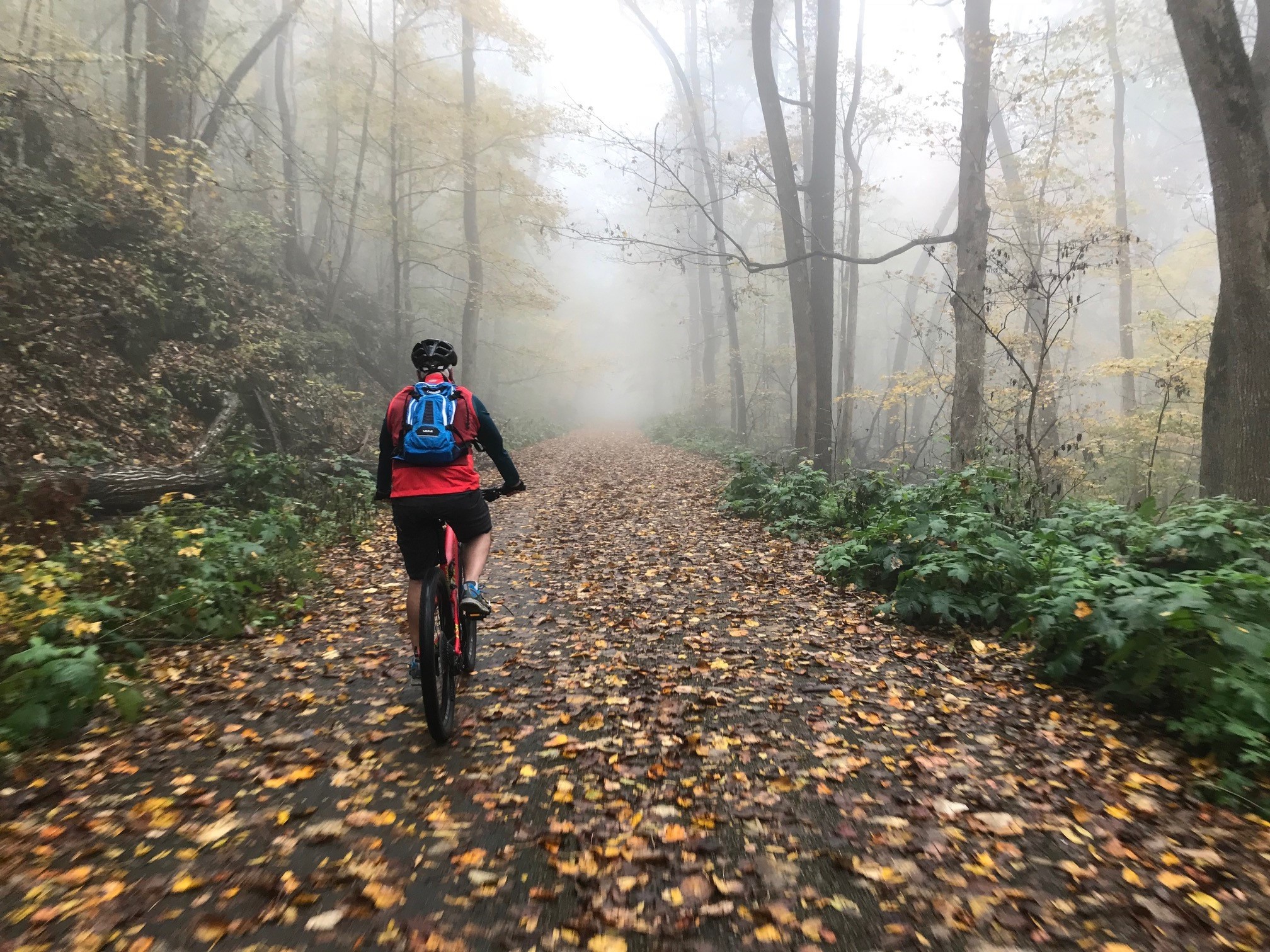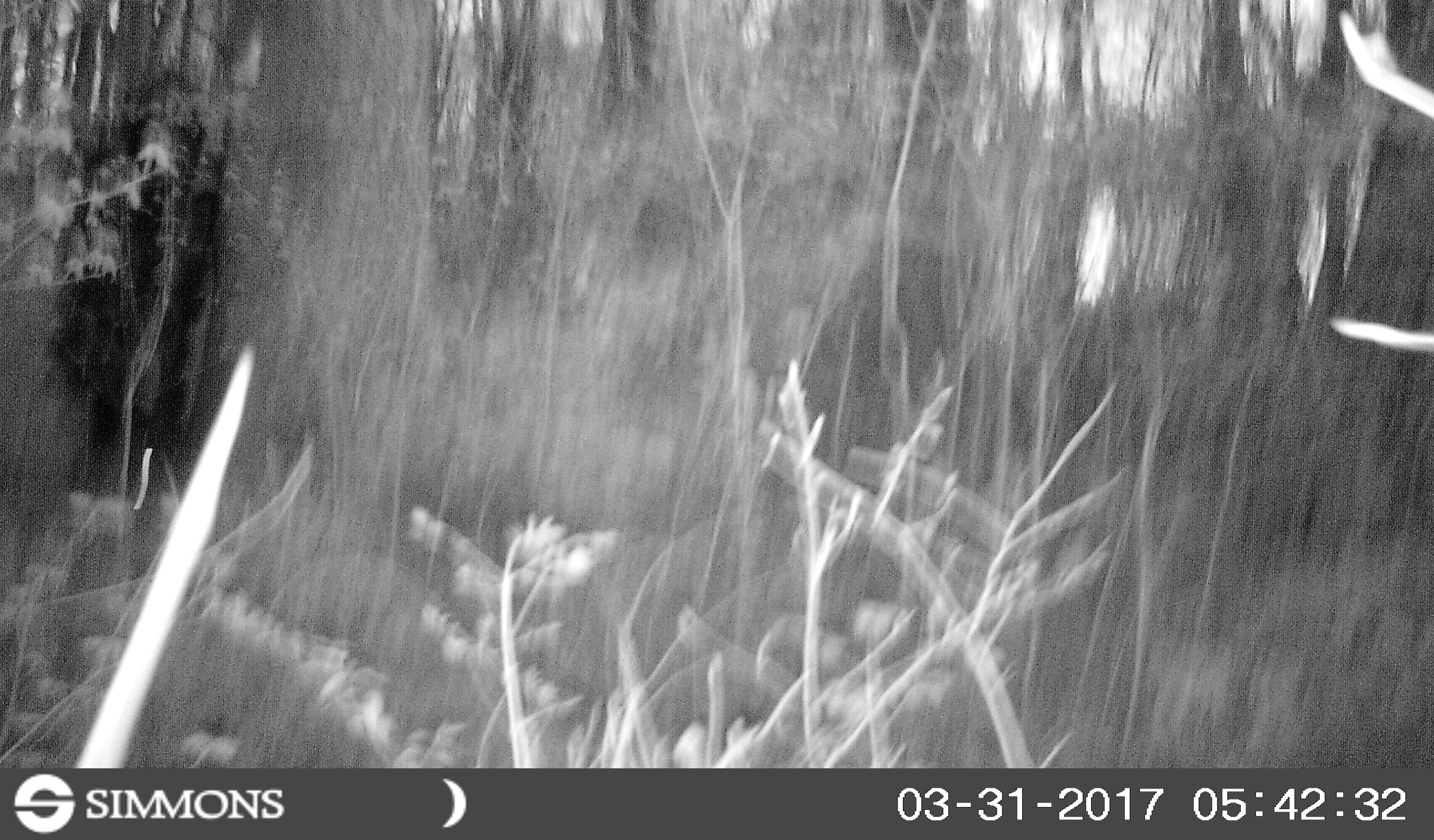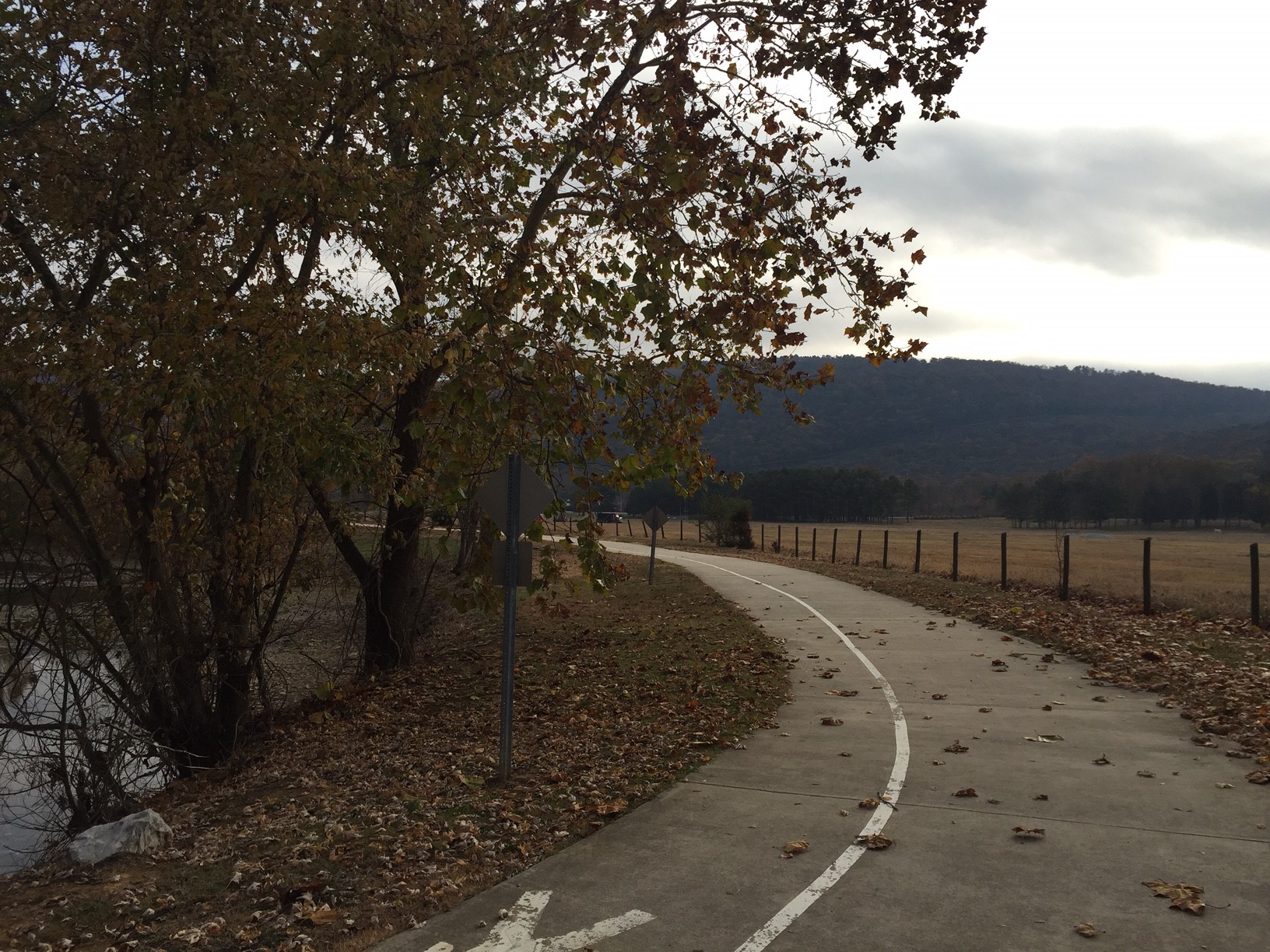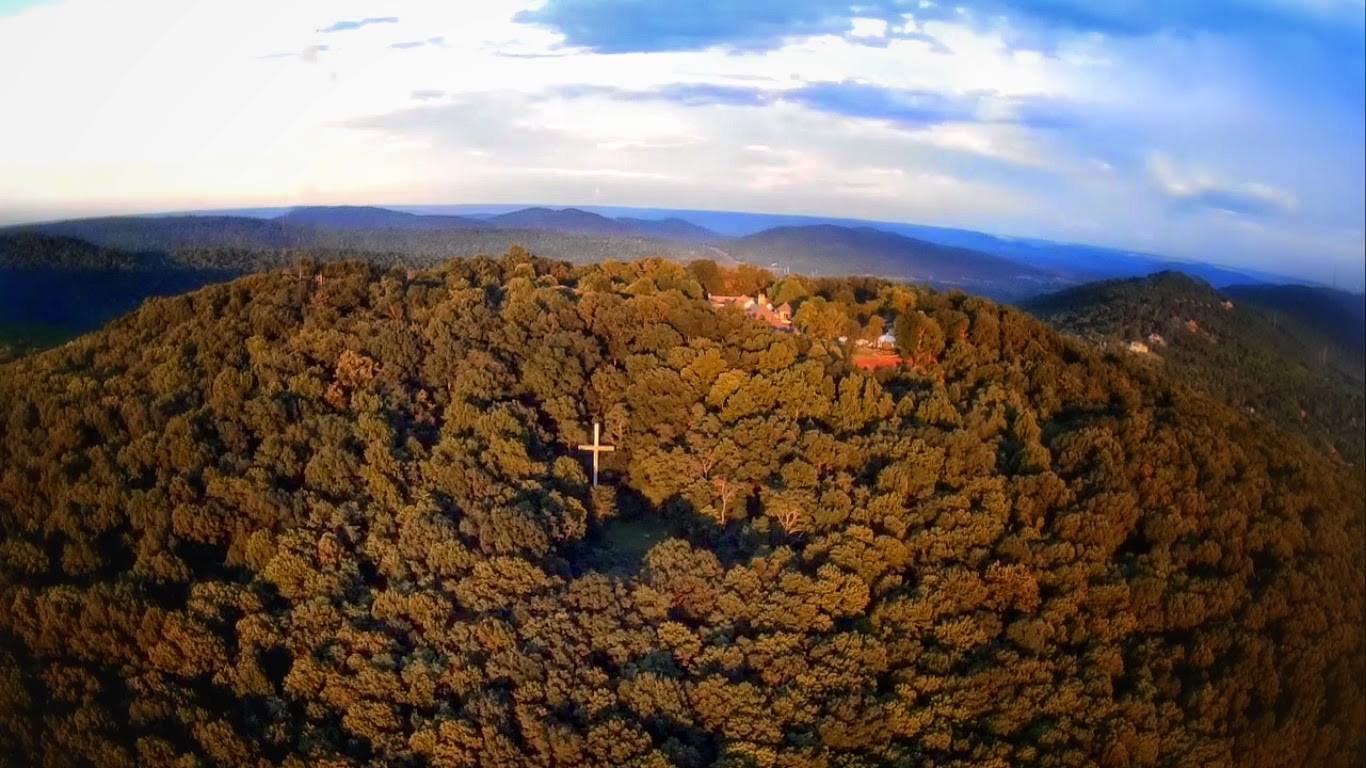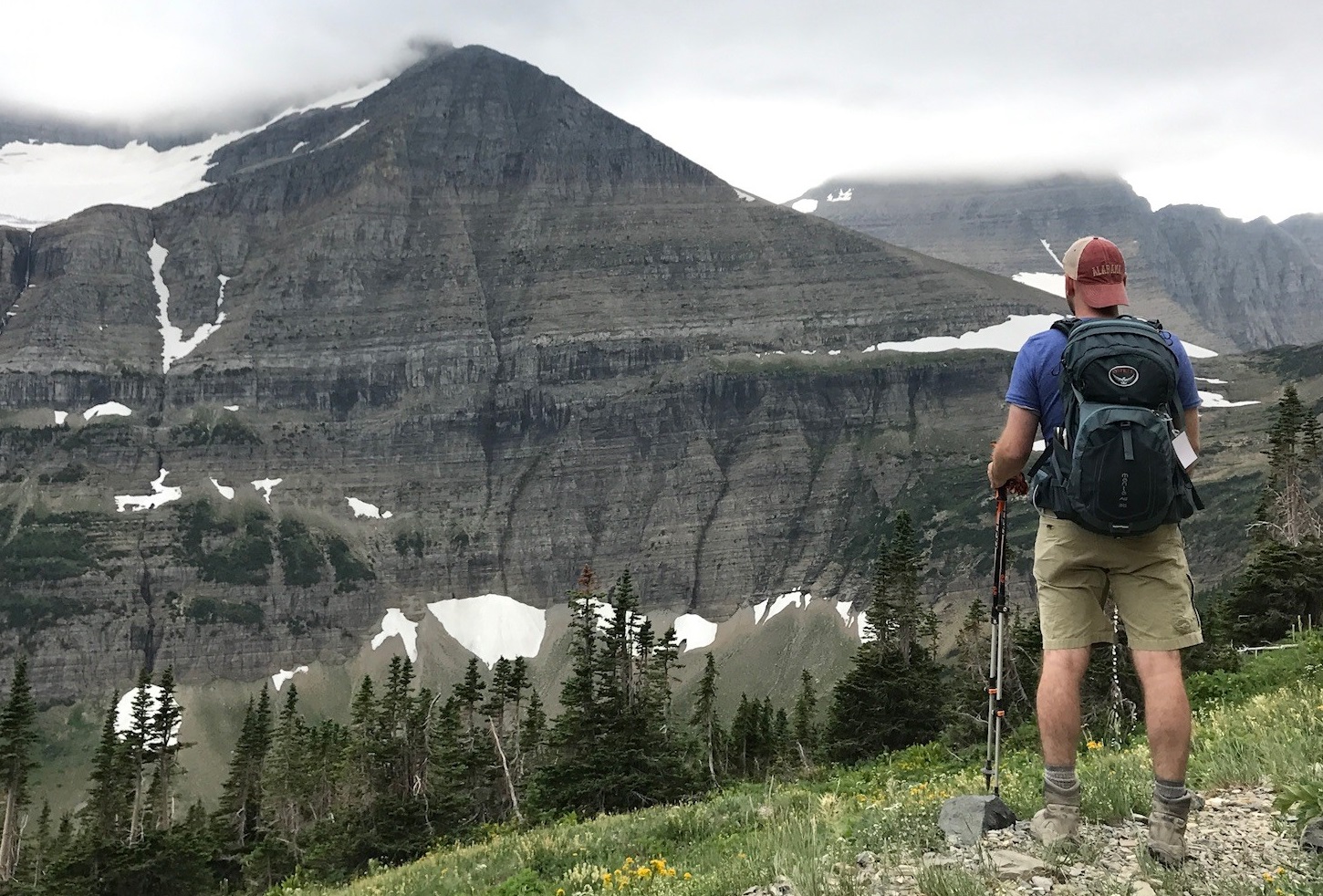 Davy Canupp
Davy Canupp
Perhaps one of the most overlooked paddling trips in the Huntsville area is to be found on the upper section of Indian Creek in Madison, Alabama. If you live around here, you might be thinking, "You can paddle Indian Creek?" Yes, you can. Well, sort of.
Background
Indian Creek is a small stream in western Madison County. Very little information is available about it on the Internet, but I have personally traced it as far north as the Harvest / Toney area near where Highway 53 intersects with Jeff Road. From there, Indian Creek flows generally in a southern direction, through the highly populated City of Madison (where it serves as the feature of the Indian Creek Greenway walking trail), and eventually enters the U.S. Army’s Redstone Arsenal, which is off-limits to all boaters.
Redstone Arsenal is located just north of the Tennessee River in a wetland area, and Indian Creek ultimately intersects with an area of wetlands on Redstone Arsenal known as the Huntsville Spring Branch. From there, it meanders a bit and ultimately widens before emptying into the Tennessee River next to the tiny town of Triana, Alabama. In Triana, Indian Creek is fairly wide and deep enough for motor boat traffic, but it doesn’t flow very far north of the Tennessee before entering federal property, which is cordoned off.
An aside: for many years, the local residents of the Town of Triana fished Indian Creek for subsistence, and in fact many residents still rely heavily upon the fish to be caught in the Creek. However, in the 1970s it was discovered that the widespread use of the chemical DDT on Redstone Arsenal had heavily polluted the Huntsville Spring Branch, causing residents of the Town to experience as many as three times the ordinary exposure level of DDT. The area was added to the EPA’s list of “Superfund” sites. Today, the DDT levels are said to have been reduced as much as 97%, but many residents are still skeptical of the safety of the Creek's harvest, and probably with good reason.
Already wondering why anyone would attempt to paddle this Creek, given this appetizing introduction? Well, for starters, the recommended Indian Creek trip is far upstream from where the DDT contamination occurred. Secondly, even the lower sections of Indian Creek provide a beautiful introduction to the wetland areas that adjoin the Tennessee.
The Trip
Eric and I first decided to attempt a paddle of Indian Creek in the spring of 2010, not long after we had both first acquired our canoes. We targeted a very well-known segment of the Creek, a short section flowing along the Indian Creek Greenway in Madison. We put in under the bridge at Farrow Road (near Columbia High School) and paddled down to the southern terminus of the Greenway at Old Madison Pike, where there is ample parking and an easy take-out.
We made two fairly significant mistakes. First, in our haste to try out the new canoes, we overlooked the proper limits of such vessels. Although we found it possible to canoe Indian Creek, we’d never really recommend it. The boats require too much water cushion to be useful on such a small stream, and the portages that always accompany creek floats get pretty tiring with 80 pound boats.
The second mistake we made was to convince our wives to join us. Now, don’t get me wrong – we each love paddling with our wives, and generally they enjoy it as well when the paddling is easy – but Indian Creek is no lazy paddle.
To the contrary, depending upon water level, season, and recent rainfall, Indian Creek can be full of obstructions. Some of these obstructions are traversable without an out-of-creek portage; others may require hopping over a few logs and sending your boat underneath. Our wives would like you to know that some of these logs contain spiders. Others may host snakes. We saw both. Let’s be honest, here: our wives actually gave up halfway through the trip and walked to the cars on the Greenway.
Which leads me to my next point: if you do choose a canoe on Indian Creek, it actually works best as a kayak trip due to the shallow depth of the stream. We actually think we are the first guys crazy enough to try to canoe this stream.
Where to Go, When to Go
To that point, watch the USGS gauge for days when the water level reaches at least 3.5 feet. We've never paddled it below 3.0, and would suspect it would be impossible. We aren't sure of the upper height limit, but keep in mind Indian Creek reaches flood stage quickly and could be rather dangerous at higher levels. You can also personally scout the levels since the Indian Creek Greenway runs right next to it.
We know of at least 4 required portages due to low water spots at the 3.5 foot mark, but nothing over a few feet of walking / passing over a fallen tree is required. There are a few barbed wire fences that cross the water, strangely, but they are generally passable with a little effort.
Our trip, by the way, took something like an hour and a half, a lot of which was probably devoted to avoiding obstructions and trying to persuade our wives to stay in the boats.
If you are lucky, you might hit the creek on a day when everything is flowing very freely and decide to try out a longer trip, perhaps from somewhere a bit north on Indian Creek. One put-in we've used in subsequent trips is Creekwood Park, at the dead-end of Harvestwood Circle in Madison. Putting in at Creekwood Park adds 30 minutes to the trip and has the advantage of passing by a rope swing, if you are brave enough to try such a thing on a creek.
In any event, if any of you tackle this beast, let us know. We don’t necessarily encourage it, but we certainly think it would be eventful, and probably hilarious (at least in retrospect). We've certainly been back after our initial trip.





